The Bluenose of Nova Scotia
The most famous ship in Canadian history, the Bluenose was both a fishing and racing vessel in the 1920s and 1930s. The Nova Scotia schooner achieved immortality when its image was engraved onto the Canadian dime.
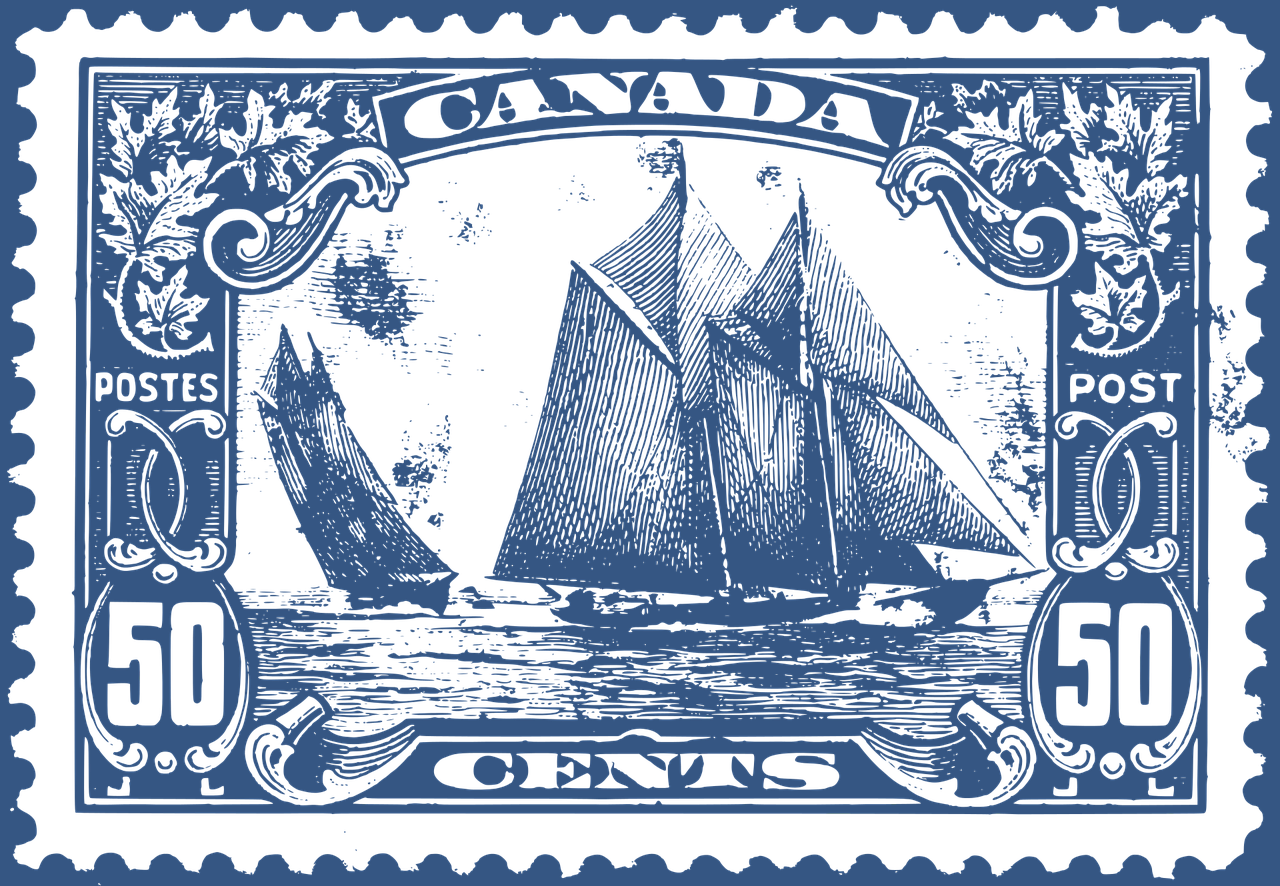
The most famous ship in Canadian history, the Bluenose was both a fishing and racing vessel in the 1920s and 1930s. The Nova Scotia schooner achieved immortality when its image was engraved onto the Canadian dime.
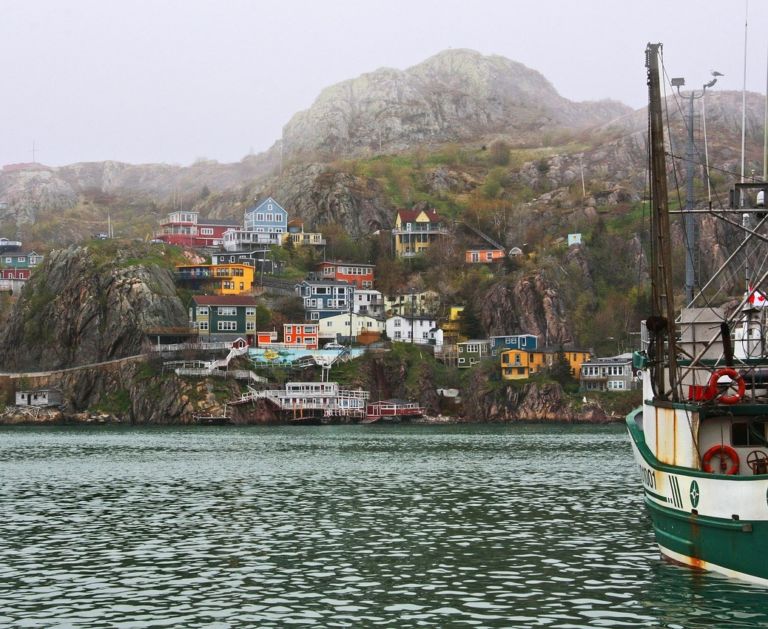
Newfoundland and Labrador is the most easterly province of Canada, closer in fact to Europe, than Canada’s west coast. When the Italian explorer, John Cabot, brought news back to England, the king of England said it was the “New founde lande” and the name stuck. How do locals pronounce the name Newfoundland? See the video below. Labrador is a…
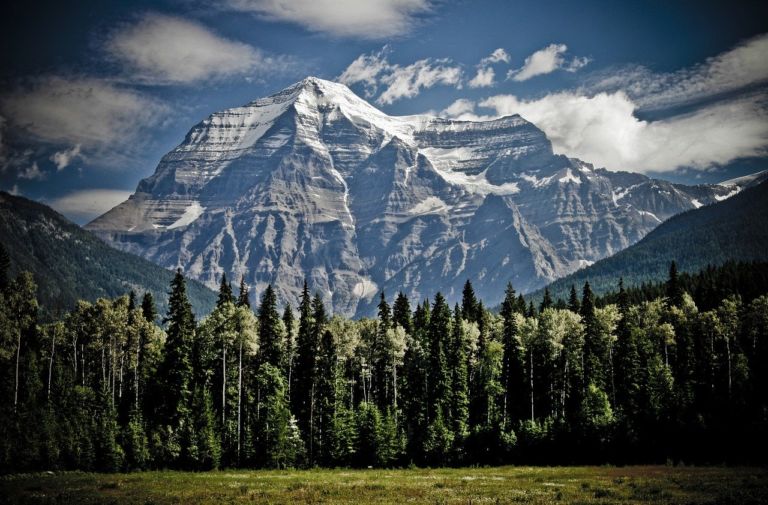
British Columbia is the westernmost province of Canada, located between the Pacific Ocean and the Rocky Mountains. It has the mildest weather of all the provinces in Canada, often with very rainy winters. The landscape is stunning, from coastal beaches to mountain vistas. In 1866, Vancouver Island became part of the colony of British Columbia,…
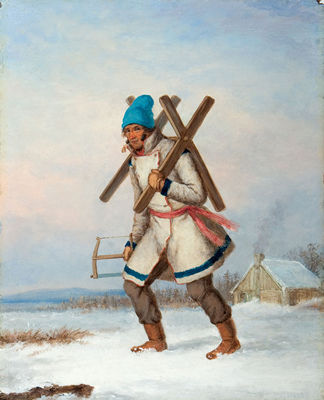
Lyrics in French (Canadian dialect): Quand on part des chanquiers Mes chers amis tous le coeur gai Pour aller voir tous nos parents Mes chers amis le coeur content. Envoyons d’l’avant nos gens Envoyons d’l’avant! Mais qu’nos amis nous voyent arriver Y vont s’mettr’ à rire, à chanter. Dimanche au soir à la veillée Nous…
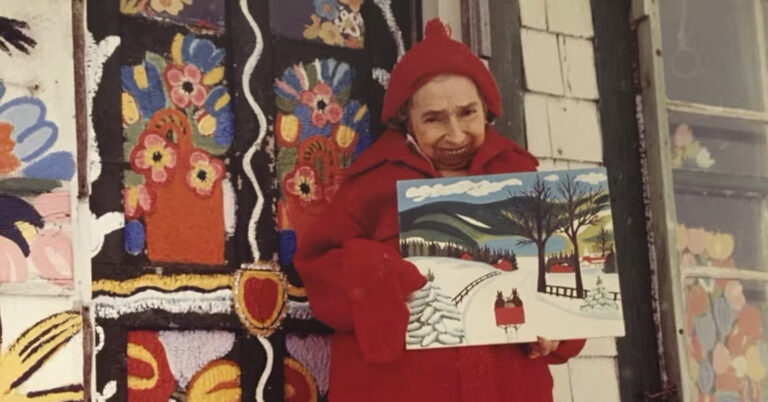
Maud Lewis overcame great difficulties to become one of Canada’s foremost primitive painters. Her simple scenes of life around Yarmouth, Nova Scotia, invoke the beauty and joy with which she viewed the world. Emerging from her youth crippled with arthritis, Lewis escaped into her painting at the age of 30. She had never seen a…

A long time ago, in the 1870s, workers in Canada didn’t always have fair hours or safe jobs. In Toronto, a group of printers who worked for newspapers decided they wanted something better—a workday that was only nine hours long instead of ten to twelve hours per day. When the leaders of this group were…
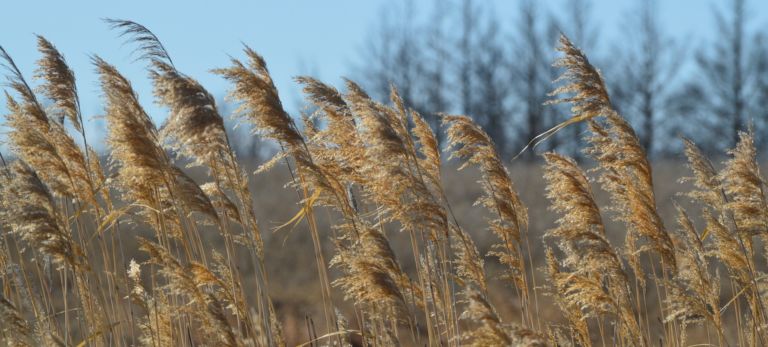
Take a look at the interesting things this prairie province has to offer! Saskatchewan is a prairie and boreal province in western Canada, the only province without a natural border. Saskatchewan is a landlocked province with large distances to moderating bodies of waters. As a result, its climate is extremely continental, rendering severe winters throughout…
You can see how this popup was set up in our step-by-step guide: https://wppopupmaker.com/guides/auto-opening-announcement-popups/